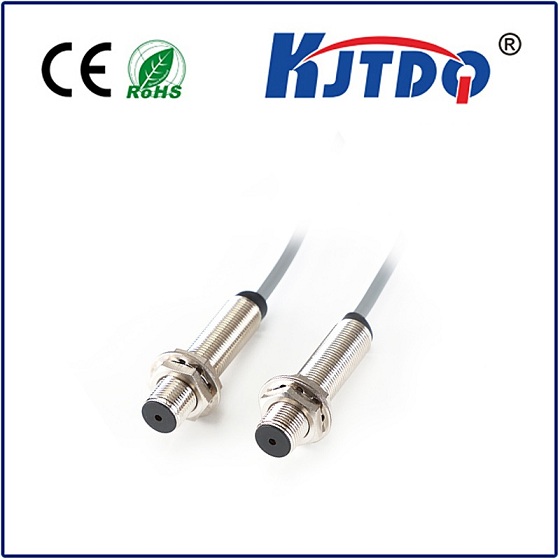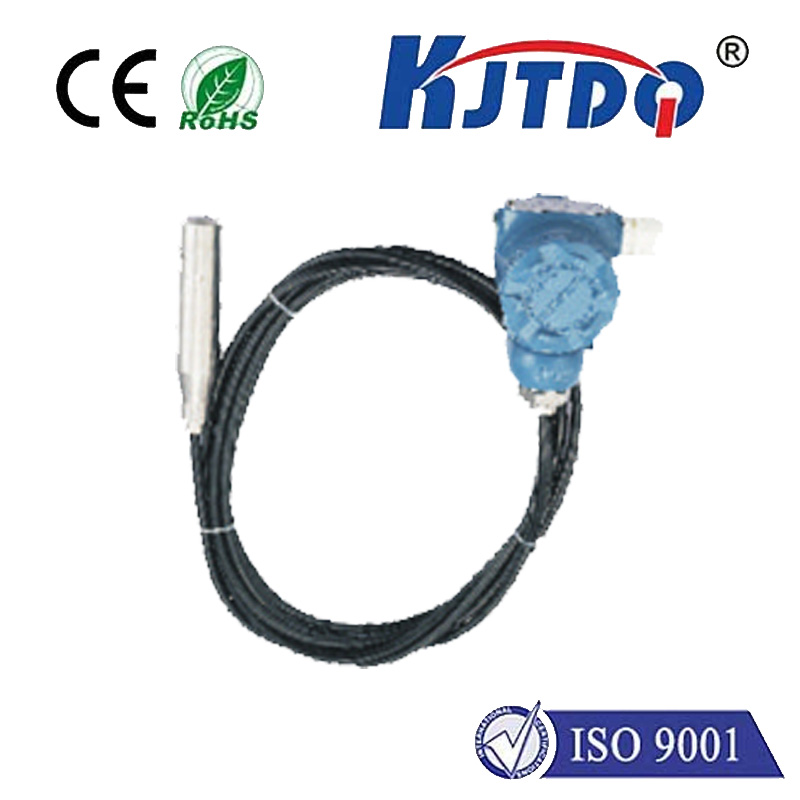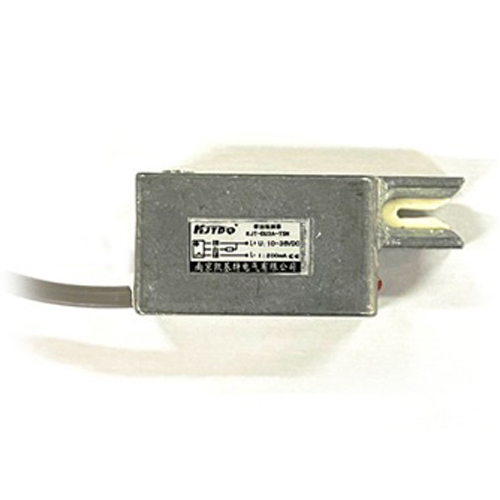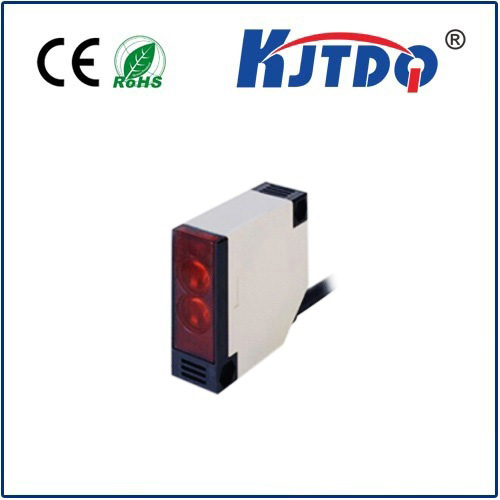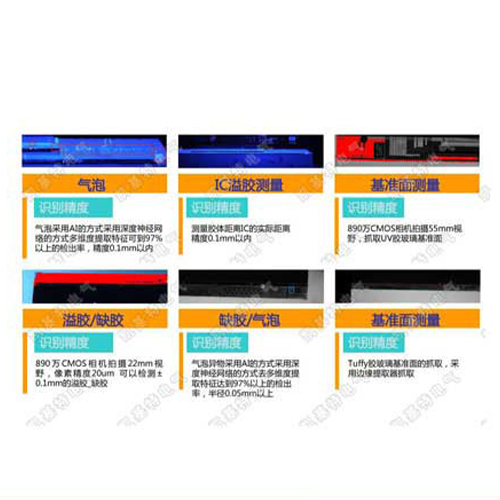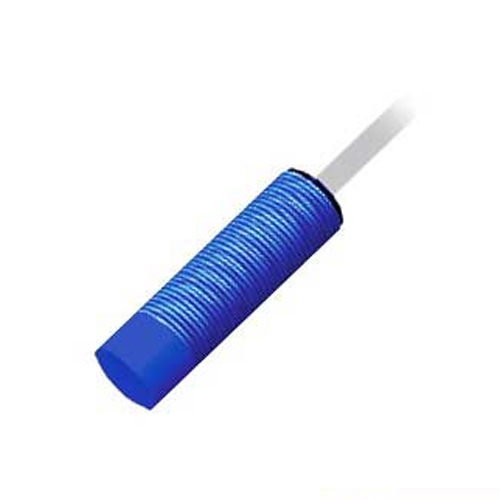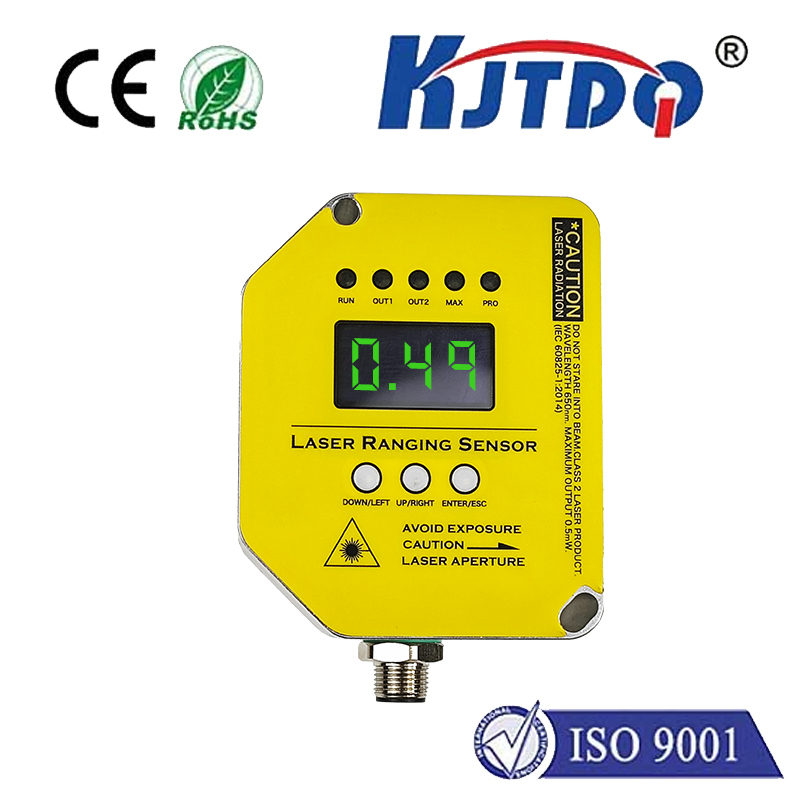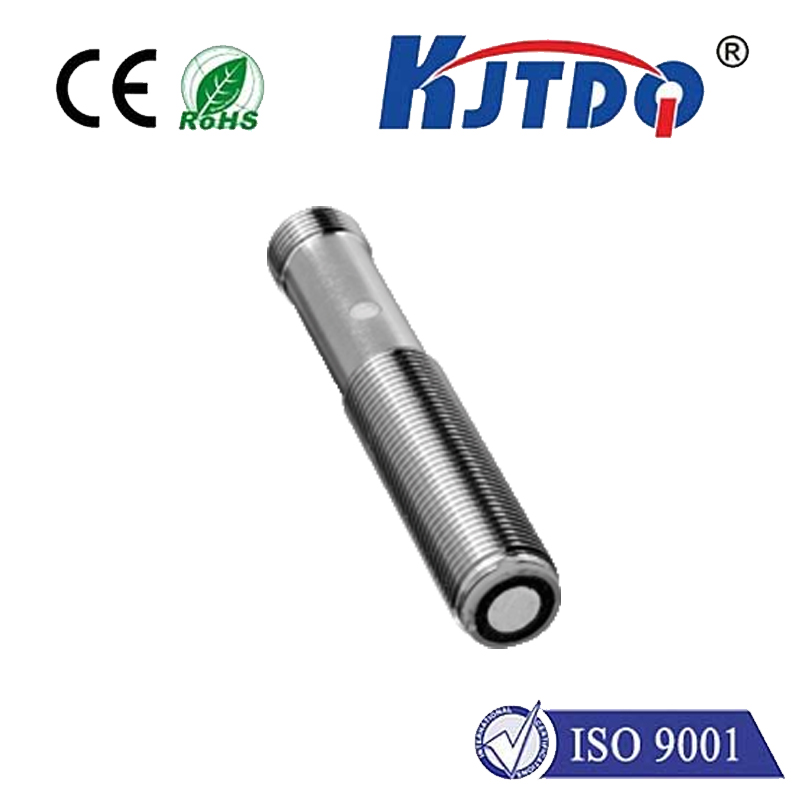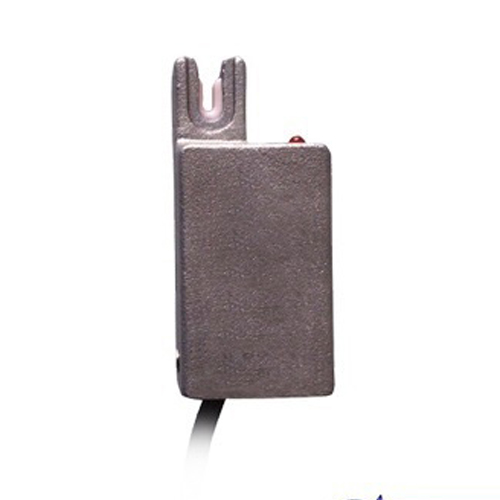датчик высокотемпературного сближения
- time:2025-09-08 14:07:17
- Нажмите:0
Mastering Extreme Environments: The Game-Changing Role of High Temperature Proximity Sensors
Презентация
Imagine the searing heat radiating from molten metal in a foundry, the intense temperatures surrounding a jet engine test cell, or the demanding thermal cycles within advanced ceramic kilns. In these crucibles of industry, standard sensors crumble. Yet, precise, non-contact measurement of position, vibration, or presence is not just desirable – it’s critical for safety, efficiency, and product quality. This is where the датчик высокотемпературного сближения emerges as an unsung engineering hero, enabling automation and control where conventional sensors fear to tread. These specialized devices are purpose-built to thrive in environments where extreme heat would disable or destroy less robust equipment.
Understanding the Core Challenge
Standard inductive, capacitive, or photoelectric proximity sensors operate reliably within typical industrial ambient temperatures, usually capped around 70-85°C (158-185°F). Expose their delicate electronics, plastic housings, or standard sensing elements beyond this range, and a cascade of problems occurs: thermal expansion alters tolerances, electronic components degrade rapidly, insulation fails, magnets lose strength (in inductive sensors), and LEDs/photodiodes (in optical sensors) experience significant performance drift or failure. The result? Erratic readings, shortened lifespan, and potentially catastrophic equipment failure. High-temperature applications demand a fundamentally different approach.

How High-Temperature Proximity Sensors Defy the Heat
The ingenuity behind high temperature proximity sensors lies in their specialized design and rugged construction, addressing the thermal challenge at multiple levels:
- Thermal Management & Material Science: This is paramount.
- Refractory Materials: Sensor bodies and critical components are often constructed from ceramics (like alumina or zirconia), high-grade stainless steel alloys, or other refractory metals capable of withstanding temperatures exceeding 1000°C (1832°F) for certain designs. Seals utilize specialized high-temp elastomers or metal seals.
- Active & Passive Cooling: Some designs incorporate integrated cooling systems – utilizing air or even liquid cooling jackets – to actively manage heat at the critical sensor tip or electronics housing. Extended thermal barriers, like thermally isolating extension tubes or waveguides (for optical sensors), physically distance the sensitive electronics from the hottest zones, leveraging passive heat dissipation.
- Heat-Resistant Cables: Standard PVC jacketing melts quickly. High-temp sensors employ cables with mineral insulation (MI), fiberglass, PTFE (Teflon), or silicone jacketing rated for continuous operation at 200°C, 300°C, or even higher.
- Sensing Technology Adaptations:
- Inductive Sensors: High-temperature variants use specialized coil designs housed in ceramic cores within robust metallic bodies. They maintain the principle of detecting conductive targets via eddy currents but are engineered to minimize temperature drift. Flush mounting capability is often maintained for challenging installations.
- Optical Sensors: Fiber optic cables are a key enabler. The sensitive transmitter and receiver electronics reside remotely in a cooler control cabinet. Only the extremely heat-resistant fiber optic probe tip, made of quartz or sapphire, is exposed to the high-temperature environment. This provides true non-contact sensing for presence detection or distance measurement on hot targets.
- Capacitive Sensors: Less common in the very highest temperature ranges due to dielectric property shifts, but specialized designs exist using robust materials for applications like level sensing in hot liquids or slurries within their thermal limits.
Key Industries Thriving on High-Temp Proximity Sensing
The application areas demanding these robust sensors are diverse and critical:
- Metal Production & Processing: Foundries (mold position, core setting, molten level detection), die casting (die position, ejection verification), rolling mills (roll gap, strip position in hot mills), forging (die position, billet presence).
- Glass Manufacturing: Molten glass level and forehearth position control, mold positioning in forming machines, annealing lehr operations.
- Ceramics & Cement: Kiln car positioning, push plate detection in tunnel kilns, saggar presence confirmation at high firing temperatures.
- Energy Generation: Turbine blade tip clearance monitoring in jet engines and gas turbines, boiler tube leak detection, valve position feedback in high-heat zones within power plants.
- Aerospace Testing: Vibration monitoring and position sensing within rocket motor test stands or jet engine test cells.
- Semiconductor Manufacturing: Wafer positioning in high-temperature furnaces during diffusion or oxidation processes.
The Tangible Benefits: Why Invest in High-Temp Capability?
Deploying the right датчик высокотемпературного сближения delivers significant operational advantages:
- Enhanced Reliability & Longevity: Dramatically reduced downtime caused by sensor failure in harsh environments.
- Improved Process Control & Quality: Consistent, accurate measurements lead to better product uniformity and reduced scrap rates.
- Increased Safety: Reliable detection of machine positions or component presence prevents dangerous malfunctions in extreme environments.
- Reduced Maintenance Costs: Fewer sensor replacements translate directly into lower maintenance overhead.
- Enabling Automation: Makes automation feasible in processes previously deemed too hostile for reliable sensing, boosting productivity.
Selecting the Right Sensor: Critical Considerations
Choosing the optimal proximity sensor for high-temperature applications requires careful analysis:
- Maximum Operating Temperature: Absolute maximum the sensor tip (and cable if exposed) must withstand continuously. Don’t confuse ambient temp with target temp!
- Required Sensing Distance: Different technologies and models have varying nominal sensing ranges, which can be affected by temperature.
- Target Material & Environment: Is the target conductive (suiting inductive)? Non-conductive (suiting capacitive or optical)? Is there dust, smoke, steam, or splashing slag present? (Optical sensors might struggle with obscurants).
- Mounting Constraints: Space limitations dictate the sensor’s physical size, shape, and whether flush mounting is necessary.
- Output Type & Connection: Required electrical output (PNP/NPN, analog, IO-Link) and connector/cable type compatible with high-temp runs.
- Certifications: Does the application require specific safety certifications (ATEX for explosive atmospheres, SIL for safety functions)?
Conclusion: Essential Tools for the Toughest Jobs
High-temperature proximity sensors represent a triumph of materials science and engineering ingenuity. By overcoming the fundamental barrier of extreme heat, they unlock the potential for precise measurement, reliable automation, and enhanced safety in industries operating at the very edge of thermal possibility. Their specialized design ensures robust performance where standard sensors fail, making them indispensable components for process control, predictive maintenance, and overall operational excellence in the world’s most demanding environments. When the heat is on, these sensors are engineered to deliver.

